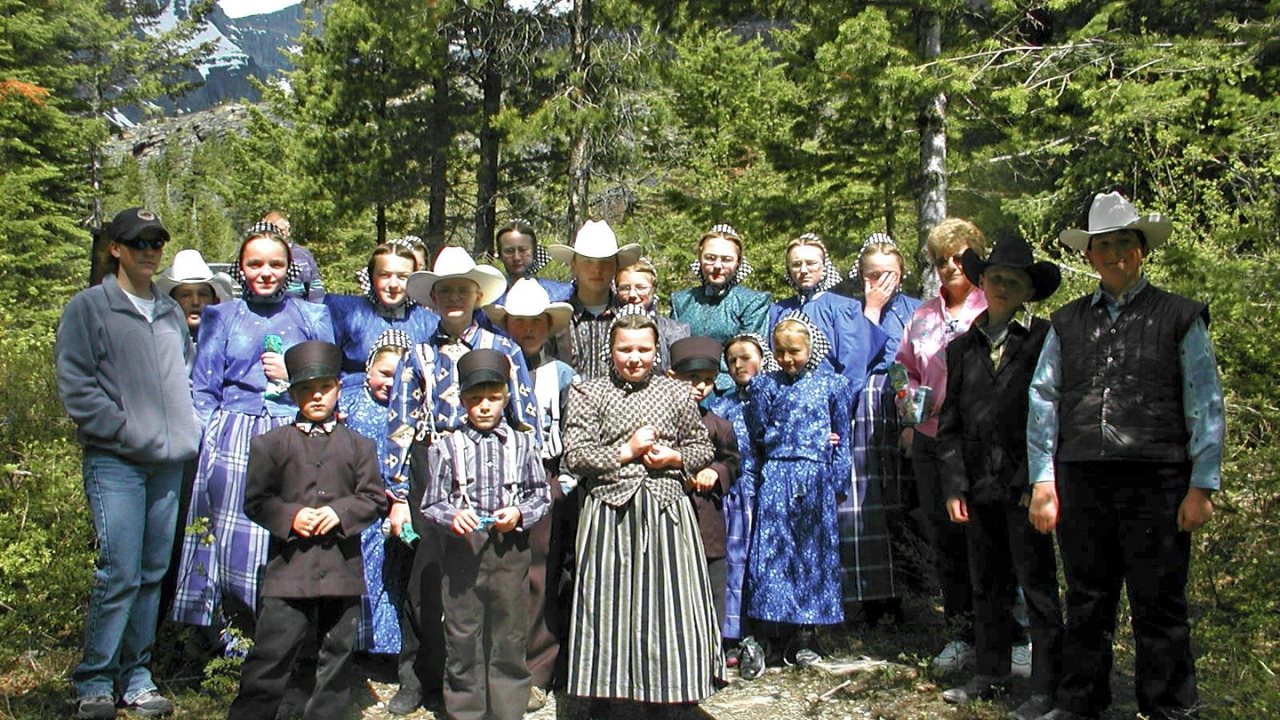Why Allergies Are Almost Nonexistent In Children From THIS Community

(Credit-Canva)
SummaryAllergies and conditions like asthma are something anyone can develop at any point in time. However, there are certain factors that make you more or less likely to get them and Amish people seem to possess the latter. Here’s how.


End of Article